Initial Management at Presentation
- Consultations: A urologist should be notified if the infant has not voided within the first hours of birth. Bladder ultrasound/straight catheterization may be required. It may be necessary to consult a plastic surgeon to assist with primary closure if the defect is large and a skin/muscle flap is needed.
- Closure of myelomeningocele: If a CSF leak is present, closure should occur within 24 hours. If there is no CSF leak, closure can safely occur within 24–48 hours (29) .
In utero closure of myelomeningocele
- MOMS trial: Fetal closure of myelomeningoceles requires an experienced center with a full team of obstetrical surgeons, pediatric neurosurgeons, anesthesiologists, therapists, psychologists, and social workers. In 2011, in a randomized study of prenatal (in utero) repair versus postnatal repair of myelomeningocele, the MOMS trial reported that prenatal repair reduced the need for shunting and improved motor outcomes at 30 months. There were associated fetal and maternal complications (8).
Follow-up
- Multidisciplinary team management: In addition to neurosurgical follow-up, initial evaluation by an orthopedic surgeon, physiatrist, and urologist is advised. Appropriate physical therapy, occupational therapy, and speech therapy access is important for development. Children with shunts are followed closely for signs/symptoms of shunt malfunction or infection.
- Urological assessment: Newborns need renal and bladder ultrasound and a voiding cystourethrogram (VCUG) done within 5–7 days after catheter removal post-surgery. Cystometrogram can be done approximately 6 weeks after closure surgery.
- Imaging as indicated: After initial brain and spine MRI, follow-up imaging is tailored to the child’s head circumference, fontanelle size, and development.
Please create a free account or log in to read 'Management of Myelomeningoceles in Children'
Registration is free, quick and easy. Register and complete your profile and get access to the following:
- Full unrestricted access to The ISPN Guide
- Download pages as PDFs for offline viewing
- Create and manage page bookmarks
- Access to new and improved on-page references

